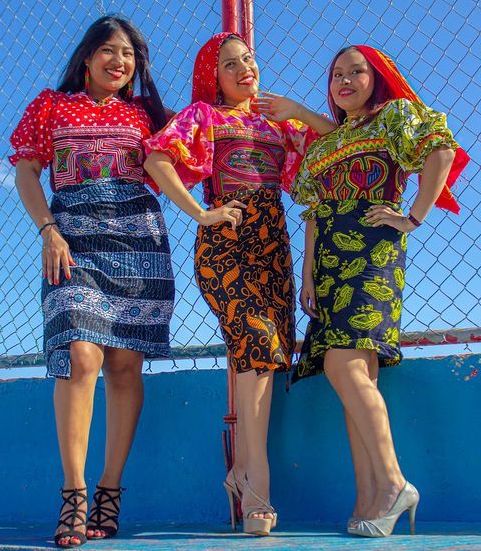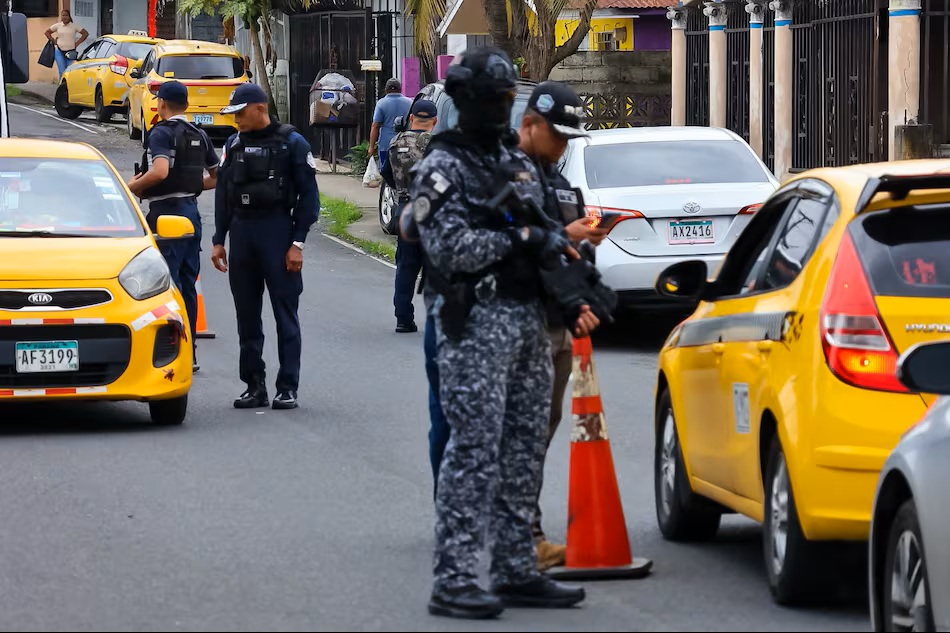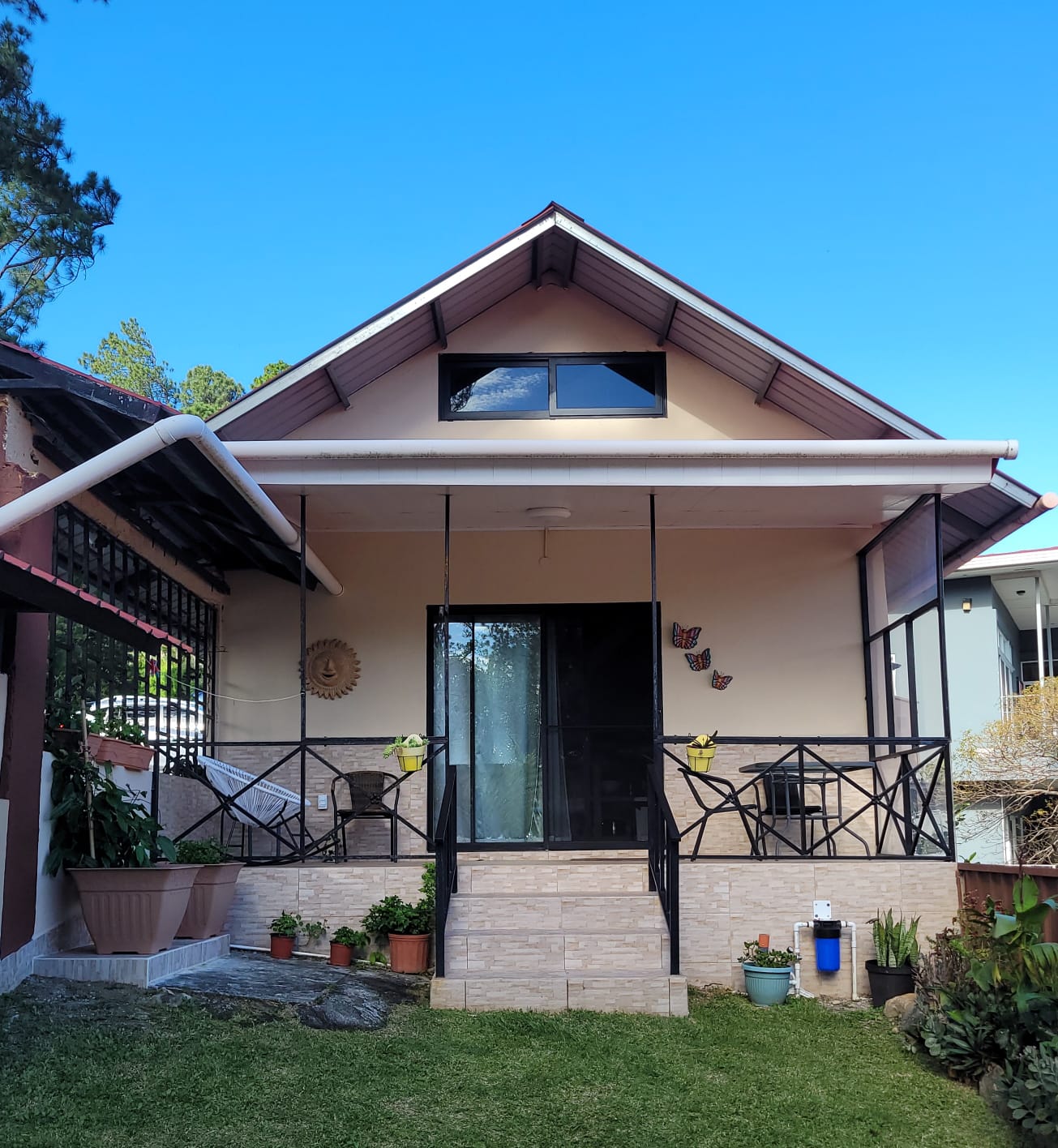Guna Indigenous People Continue the Fight for Their Identity after a Hundred Years of their Revolution
Members of the Guna ethnic group participate in the commemoration of the centenary of the Tule Revolution.

In commemorating the centenary of the Dule Revolution, the indigenous region of Guna Yala, located in the Caribbean of Panama, remembers the importance of keeping alive the memory of what was a historical milestone and a cry of resistance to colonial control and the abuse of the dominant system, an uprising that remains a source of pride and a permanent reflection for the community.
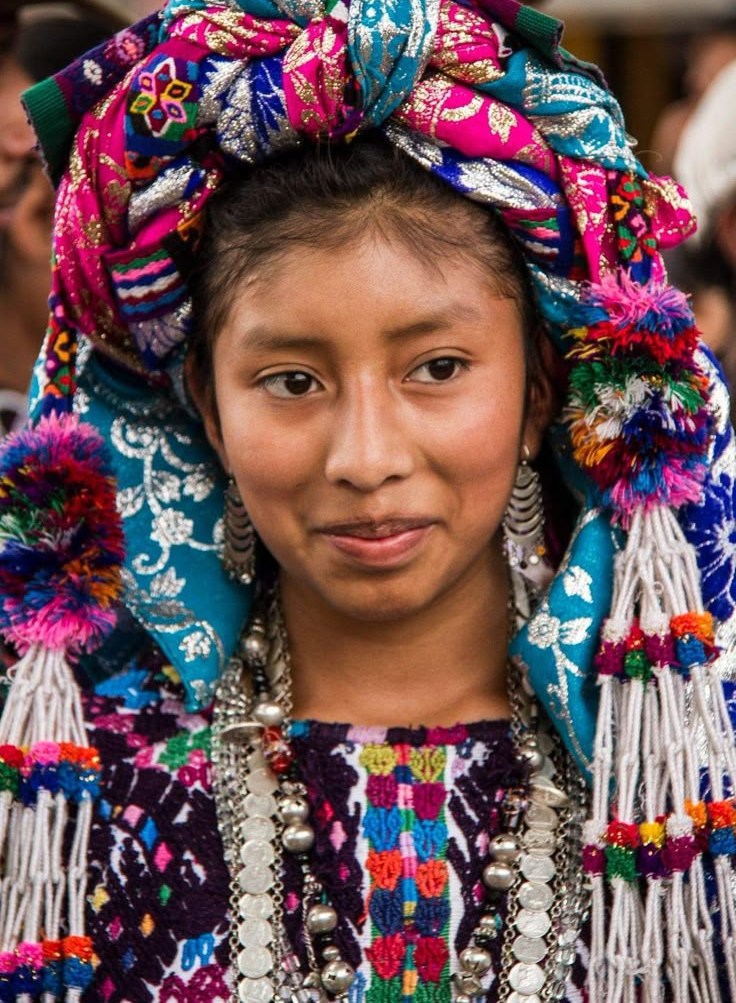
Although time – as they say – heals everything, the Guna people are aware that the wounds left by the violence in 1925 “should not be closed” and that they should serve as a testimony to their resistance and their victories.
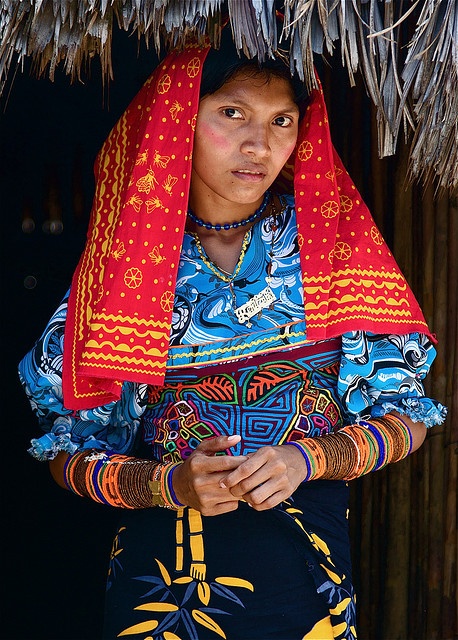
Flor Pérez, a teacher and community leader, told EFE in an interview that “these wounds are still open and will remain open, because if we close them, it’s like closing a chapter and forgetting everything.”

Her reflection on the events commemorating this anniversary focused on the importance of remembering the way her people “were mistreated,” preventing it from happening again and being prepared to face any possible future injustice, the teacher added.
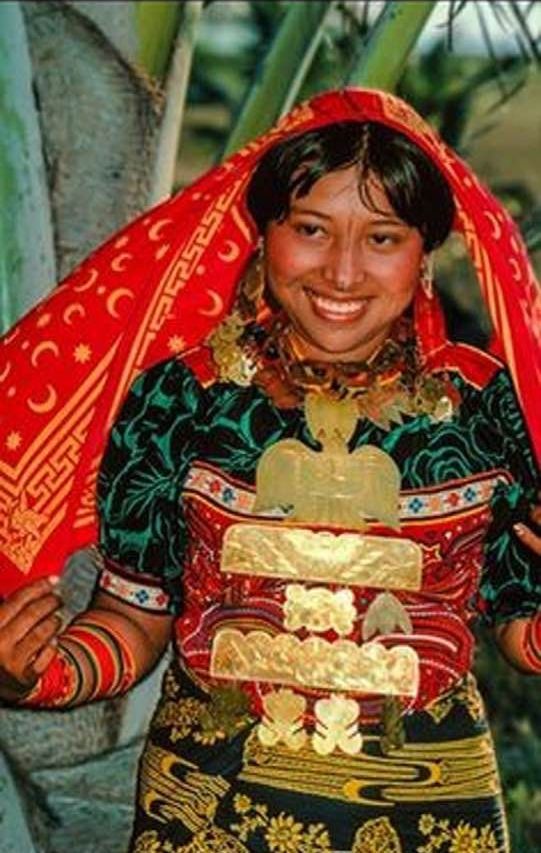
Pérez also stressed the importance of the mothers of the new generations of young Gunas not allowing this historical awareness to be lost, as the people continue to fight for their inclusion in society, in the educational system and also for their recognition as a people within Panama.
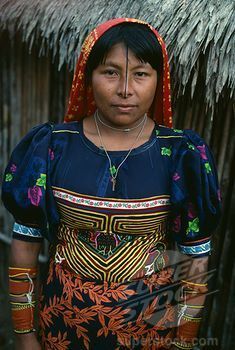
In Gardi Sugdub, an island in the Panamanian Caribbean that is currently threatened by rising sea levels and overcrowding, women have played a key role in defending their leaders, such as Chief Olonibiginya, who led the 1925 revolution, the community leader recalled.
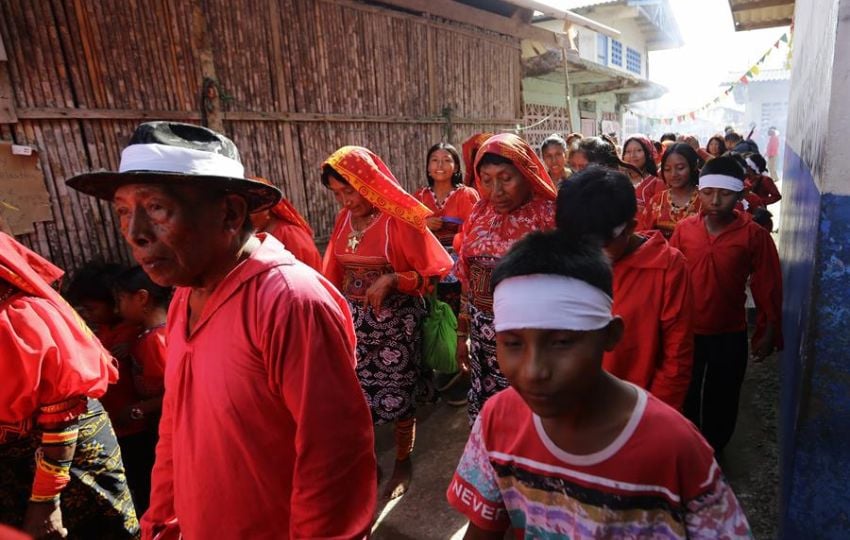
“Guna women have always had a strong character, with great historical and current influence in the region,” said Pérez, who added that “women are neither more nor less than men,” but rather they walk at the same pace.

During the Dule Revolution, indigenous people rose up against the Panamanian authorities of the time, who were trying to impose their Western-Spanish culture by force, such as language, religion and clothing.
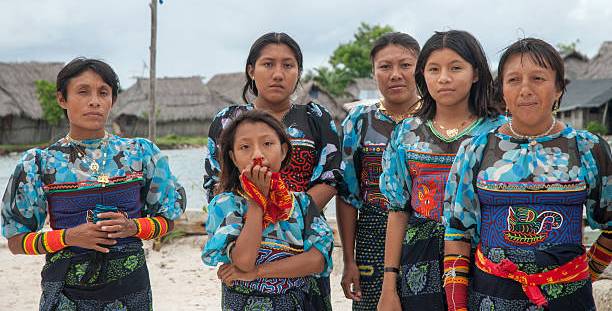
This uprising contributed to the creation of what is now known as the Guna Yala region, which was called San Blas until 1998 and Kuna Yala until 2010.
The New Challenges of Young People
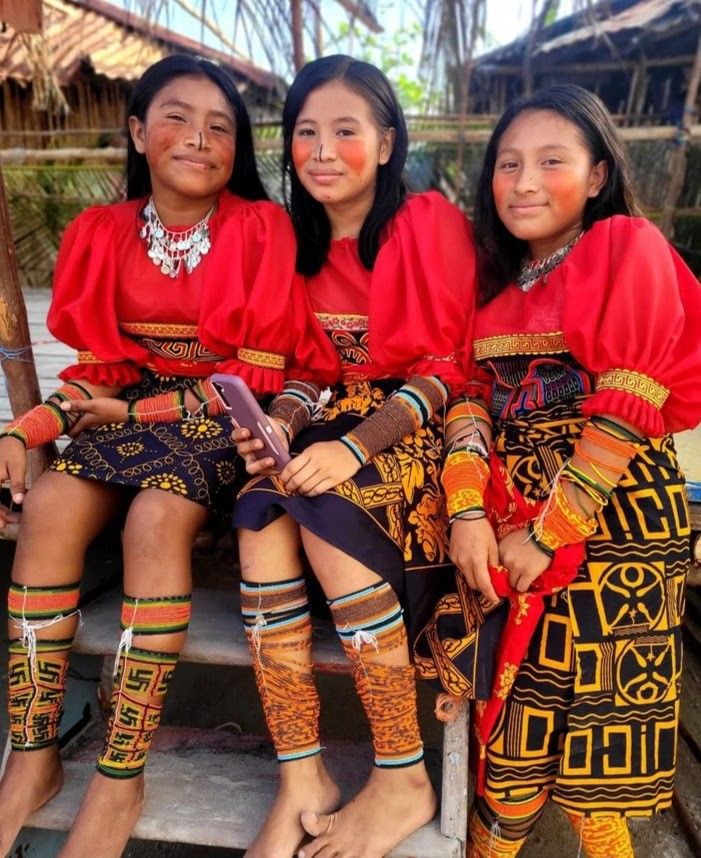
The commemorative events provided space to reflect on the current challenges of the Guna people, a century after having obtained autonomy over their territories.
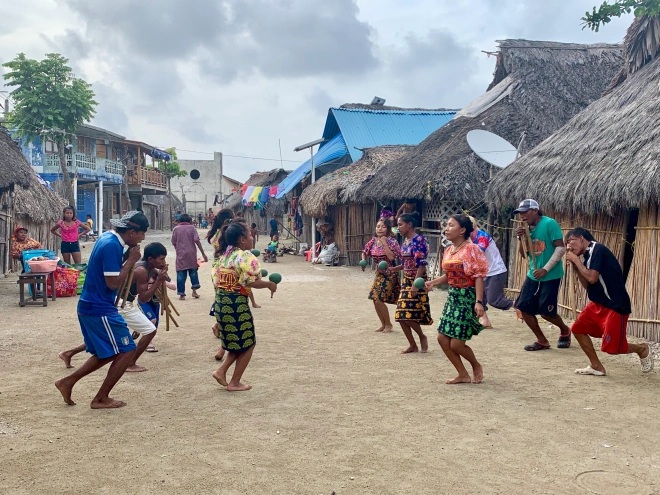
Preserving their traditions and the right to self-govern remain essential battles, especially for young people like Alina Vázquez, 25, who is committed to transmitting Guna culture to future generations.
